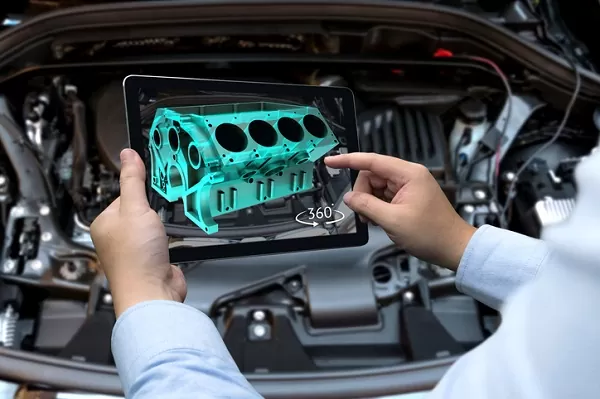Test driving a car is an essential step in the car-buying process. It’s your chance to see how the vehicle performs on the road and whether it meets your expectations. However, to ensure you get the most out of your test drive experience, it’s crucial to have a checklist in hand. In this guide, we’ll provide you with the ultimate test drive checklist to help you evaluate a vehicle thoroughly before making your purchase decision.
Do Your Research
Before heading to the dealership, research the make and model of the car you’re interested in. Familiarize yourself with its specifications, features, and reviews from other drivers. This will give you a baseline understanding of what to expect during the test drive and help you ask informed questions.
If it’s a used car, doing research on the car’s past history such as maintenance and if it has been in any car accidents is vital to knowing what you are purchasing.
Schedule an Appointment
While some dealerships allow walk-in test drives, it’s best to schedule an appointment in advance. This ensures that the car you want to test drive is available and ready when you arrive. Plus, scheduling ahead of time gives you the dealer’s undivided attention and allows for a more personalized experience.
Inspect the Exterior
Before getting behind the wheel, take a few moments to inspect the exterior of the vehicle. Check for any dents, scratches, or paint chips that could indicate previous damage. Look closely at the tires to ensure they have adequate tread depth and are properly inflated. Additionally, examine the headlights, taillights, and turn signals to ensure they are working correctly.
Check the Interior
Once inside the car, take note of the interior features and amenities. Test the comfort and adjustability of the seats, making sure they provide adequate support for your body type. Inspect the condition of the upholstery, dashboard, and controls for any signs of wear or damage. Familiarize yourself with the infotainment system, climate controls, and other features to ensure they meet your needs.
Start the Engine
Before hitting the road, start the engine and listen for any unusual noises or vibrations. Pay attention to how quickly the engine starts and whether it idles smoothly. Engage the air conditioning and heating systems to ensure they are functioning properly. If the car has a manual transmission, test the clutch engagement and shifting smoothness.
Test Drive Route
Choose a test drive route that includes a mix of city streets, highways, and winding roads. This will give you a comprehensive understanding of how the car performs in different driving conditions. Pay attention to the vehicle’s acceleration, braking, and handling characteristics. Note any vibrations, rattles, or unusual sounds that may indicate mechanical issues.
Evaluate Comfort and Visibility
During the test drive, assess the comfort level of the cabin and the visibility from the driver’s seat. Make sure you have an unobstructed view of the road ahead and can easily adjust the mirrors for optimal visibility. Test the functionality of the windshield wipers, defrosters, and other safety features that contribute to driving comfort and visibility.
Test Safety Features
Modern cars come equipped with a variety of safety features designed to protect occupants in the event of a collision. During the test drive, test these features to ensure they are working correctly. This includes the anti-lock braking system (ABS), electronic stability control (ESC), traction control, and airbag system. If the car has advanced driver assistance systems (ADAS), such as lane departure warning or automatic emergency braking, test these features as well.
If the safety features aren’t working as expected, when there is a situation in which it was needed, a car accident may occur. If you get into an accident, be sure to contact a Buffalo, NY car accident lawyer.
Parking and Maneuverability
Find a parking lot or quiet street where you can test the car’s maneuverability at low speeds. Practice parking the car in various scenarios, such as parallel parking or backing into a parking space. Pay attention to the turning radius and ease of steering to determine how well the car handles in tight spaces.
Ask Questions
Throughout the test drive, don’t hesitate to ask the salesperson any questions you may have about the car. This is your opportunity to gather as much information as possible to make an informed decision. Ask about the car’s maintenance history, warranty coverage, and any available financing options. Additionally, inquire about the dealership’s return policy and satisfaction guarantee.
Conclusion
A thorough test drive is essential for ensuring that the car you’re considering meets your needs and expectations. By following this comprehensive checklist, you can evaluate a vehicle’s performance, comfort, safety, and features with confidence. Remember to take your time during the test drive and don’t rush the decision-making process. With the right preparation and attention to detail, you’ll be well-equipped to find the perfect car for your lifestyle and budget.






